Welcome to our guide on the many different types of mortgages in the UK! Mortgages are an important part of modern life and understanding the major types available is a crucial part of making a decision on which one is right for you. We are here to break down the complexities and discuss each one with you.
Mortgages can help you buy a house, and life circumstances often mean that different types of mortgages are a necessity for many. Whether you’re a first time buyer, have a low income, or have credit issues that need sorting out, there’s a mortgage to help. To give you a thorough summary of the UK’s different mortgages, We’ll discuss fixed, variable, interest-only, and guarantor mortgages and more in this guide. With this knowledge, you’ll find the best mortgage for your circumstances.
Let’s get started and learn all about the various types of mortgages in the UK!
What Is The Most Common Mortgage Type In The UK?
Repayment mortgages, the most widespread type of mortgage, form the basis of a variety of other available mortgages with their different titles and agreements.
A repayment mortgage will require you to pay back some of the capital you originally borrowed, as well as interest, each month. As long as you meet all your monthly payments, you can be certain that your loan will be entirely cleared by the end of the mortgage term, usually 25 years.
A person wanting to increase the value of their abode and become the full proprietor once the payments have been settled can consider purchasing a house.
What Is An Interest-Only Mortgage?
An interest-only mortgage means that the amount borrowed does not reduce on a monthly basis. Instead, the full amount must be repaid at the end of the mortgage term. In contrast to a repayment mortgage, which involves paying both interest and some of the loan off per month, thus decreasing the debt until it is completely cleared by the conclusion of the mortgage term.
Interest-only mortgages could be something to consider if you have concrete plans to save enough to make the eventual repayment, such as a secure investment plan, or a promise of future income or a financial bonus, and if you are fully aware of the risks associated with it.
On a monthly basis, throughout the length of the mortgage, you will need to make payments of interest. This may be for a few years, or potentially more than two decades.
At the conclusion of the mortgage, the amount you originally borrowed is still outstanding; therefore, you will need to discharge the debt by either paying or remortgaging your house. Lenders may ask for evidence of you being capable of paying off the total amount by the end of the term before they offer you an interest-only mortgage.
What Is A Fixed-Rate Mortgage?
A fixed-rate mortgage offers stability in terms of your monthly payments. The rate is fixed for the entire duration of your agreement, so you will know exactly how much you are paying each month. This helps to manage your money and plan for future expenses.
This is unlike other types of mortgages, such as variable-rate or tracker mortgages, where the interest rate can fluctuate. With a fixed-rate mortgage, there are no surprises when you receive your mortgage statement, enabling you to have greater control over your monthly payment.
A fixed rate mortgage carries a rate of interest which doesn’t fluctuate. This is a favoured option amongst those who require stability, as the mortgage repayments won’t change when the base rate alters. Typically, they are offered for two, three, five and sometimes even longer periods. At the current time, they are the most widely chosen type of home loan due to the extended amount of time the base rate has been so low. Be aware, though, that not every fixed-rate mortgage is right for all home purchasers and owners.
Have You Heard Of A Variable Rate Mortgage?
Lenders have a standard variable rate of interest, which is the basis for all their other products. This is the rate to which a fixed rate mortgage reverts once the fixed period is over. The variable aspect refers to the interest charged on the money borrowed.
This rate is subject to both the Bank of England’s base rate and the lender’s criteria, so it is possible that the rate could rise even if the Bank of England’s rate remains unchanged.
Aside from that, it is worth considering the various forms of variable rate mortgages. The interest rates for these mortgages are determined in different ways, offering distinct advantages and drawbacks depending on one’s circumstances and requirements.
What Is A Standard Variable Rate Mortgage?
A standard variable rate (SVR) mortgage entails a rate that is specified by the lending institution. While this rate is not specifically affiliated with the Bank of England, it is typically dependent on their decisions as to whether to raise or reduce it.
The lender has the right to modify the rate of your mortgage on a monthly basis, making it more challenging to plan in advance. However, there are advantages to being on an SVR; you are afforded more freedom to pay off your mortgage early or terminate it without facing significant penalties.
Discount Variable Rate Mortgage?
Discount rate mortgages provide borrowers with a rate that is lower than the lender’s standard variable rate by a set amount. Such mortgages may be advantageous if the standard variable rate remains consistent, however, should the lending market become turbulent, the rate may fluctuate in either direction, leading to an unpredictable ride for the borrower.
The fixed discount remains the same regardless of whether the lender increases or decreases the Standard Variable Rate (SVR). For example, if the SVR is set at 4.5% and the deal offers a 1.5% discount, the mortgage rate will be 3%. However, if the SVR drops to 4%, the rate paid is adjusted to 2.5%.
Alternatively, if the lender’s SVR is 4%, and the discount rate is 2.5%, your interest rate works out to be 1.5%. However, if the SVR changes to 4.5%, your mortgage rate would increase to 2%. Bear in mind that your interest rate, rather than the discount, determines your monthly payments to the lender.
What Is A Tracker Mortgage?
Tracker mortgages adhere to a predetermined interest rate with a margin above or below the chosen rate. Usually, this rate follows the Bank of England’s base rate, meaning that if the Bank of England raises interest rates, your mortgage payments will increase (or decrease if they lower them).
Something to remember is that it may not be possible to calculate or schedule your home loan repayments ahead of time – it is essential that you are able to still manage your mortgage if your payments go up.
You may be able to take out a tracker mortgage for an introductory period, often between 1 and 5 years, or you could opt for a lifetime option. If your temporary tracker reaches the end of its term, you could face a jump to the lender’s usual variable rate, resulting in a higher monthly payment – this is a great time to shop around and evaluate what options work for you.
It could be a different tracker from a different lender, or a fixed-rate deal. If you choose the latter, your original tracker provider may have some suitable products for your needs.
What Is A Capped-Rate Mortgage?
Capped-rate mortgages are a type of variable rate deal with a cap in place, so that your repayments will not exceed a certain threshold. In times like these, lenders are quite reluctant to offer this type of loan. On the plus side, it provides the borrower with the security that their repayments will not be too much to handle.
However, this assurance comes with the caveat that avoiding a high rate may also mean that the rate will not go below a collar rate, either.
What Is An Offset Mortgage?
An offset mortgage is a type of loan that is linked to one of your savings accounts. The funds in this savings account are not used to make your mortgage repayments; instead, they are used to reduce the overall interest amount you owe on your monthly payments.
This could potentially lower your mortgage installments, however, you won’t earn any interest on the savings your mortgage is offset against.
Lenders generally provide the option of either decreasing your monthly installments over the same loan period, or maintaining an unchanged level of payments and paying off your loan in a shorter period. Note that when you offset your savings, you won’t be able to earn interest on them.
However, these funds won’t be taxable, which can be quite advantageous if you are in a high tax bracket.
What Is A Flexible Mortgage?
A mortgage with enhanced flexibility offers greater versatility in repayment, allowing borrowers to pay more or less than the due amount, and typically offering options such as deferring payments and revoking borrowed funds.
However, this convenience usually comes with a higher interest rate to reflect the additional features.
Overpayments can mean increasing your usual monthly payments or making an extra, chosen lump sum payment along with your regular repayments. This reduces the length of time it will take to pay off your mortgage and the total interest you will pay.
It is possible to temporarily lower your regular monthly payments if you’re ahead in paying off your mortgage through underpayments.
The provision of taking a payment break is advantageous, especially if you will be facing a financial crunch. To accept a payment pause, you must get authorization from your lender, taking into account whether you have overpaid or been making regular repayments. It is essential to note that even during this break, interest is still being calculated, so when you come back, your payments will be higher.
It is possible to access funds you have already allocated to your mortgage, with certain deals offering a lending back service. As we explored, overpaying reduces the interest you pay on your mortgage and can be a smart form of saving. Generally, the overall advantage gained from overpaying is greater than any gains from a savings account.
Buy-To-Let Mortgage
Those who are buying a property with the intention of renting it out may explore the option of a buy-to-let mortgage. The lender will assess affordability based on the expected rental yield, and will calculate accordingly.
Buyers should be aware that the process for obtaining such a mortgage may be different from other types of borrowing.
Find Out What Is A 95% Mortgage?
With a 95% mortgage, you are effectively borrowing 95% of the property’s value. This requires a deposit equivalent to the remaining 5%, which needs to be paid upfront.
If you are a first-time buyer, it is beneficial to examine the lending criteria of this type of mortgage, as well as the associated pros and cons, so that you can decide if this mortgage is the right one for your home.
Due to the exposure to negative equity that comes with smaller deposits, lenders typically attach higher interest rates to 95% mortgage loans in order to cover any potential losses. While they can be helpful to those unable to accumulate a significant deposit, it may make it difficult to acquire equity in your house. Ultimately, this could prevent you from remortgaging to a better deal with a lower interest rate when your contract ends.
What Is A Help To Buy Mortgage?
The Help to Buy scheme in England provides an equity loan where the government loans money to first-time purchasers of a newly built house.
It can only be utilised to buy your primary home and not a second home or a buy-to-let property.
You should: pay an initial deposit of at least 5% of the purchase price of the property and then arrange an appropriate mortgage of not less than 25% of the cost of the property. You can apply for an equity loan to make up the remaining balance between 5% and 20% (in London 40%) of the overall cost.
This equity loan will define the interest payable and loan repayments due.
What Is A Joint Mortgage?
A shared mortgage is when two or more people become jointly responsible for the repayment of a loan to purchase a property. This could involve a partner, a friend, a colleague, or even a family member. The individuals involved own the home jointly and are equally obligated to make the necessary payments. Evaluate whether a shared mortgage meets your needs.
A joint mortgage with a partner, friend, or relative can be a great way to get on the property ladder. However, it is important to consider the associated risks and responsibilities. If you enter into a joint mortgage agreement, you will be held liable for all payments and need to ensure your co-borrowers are in a strong financial position, or you could be left with a mortgage debt you cannot afford.
If you wish to purchase a property with someone else, you will need to look into a joint mortgage. Partners, family members, friends, or even groups – many lenders provide mortgages for almost any combination.
Each of the borrowers must meet the stipulated lending criteria, and all are liable for the mortgage payments, meaning you will have to cover the entire amount if the others do not pay their share. Additionally, ownership of the house is divided among the group, with each person’s proportion noted in the property deeds.
A joint mortgage can be a smart way to get onto the property market. Nonetheless, be sure to account for the risks, including having to shoulder the burden of payments if your co-borrowers cannot.
What Is A Guarantor Mortgage?
A guarantor mortgage could be a way into the property market for first-time homebuyers who may find that they are unable to get accepted by a traditional lender. This could include buyers who do not have enough available funds for a down payment, are unable to meet the lender’s affordability criteria, or who lack a credit history.
Though there may be risks for both parties, it is vital to make sure that you fully understand the implications before making your decision.
A family member, typically a parent or grandparent, can be a guarantor on this mortgage, using their savings or own home as security against the debt. By doing so, the guarantor takes on part of the risk for the mortgage. They agree to make the monthly payments if the homeowner is unable to, but they are not typically given ownership of the property nor are they named on the house deeds.
Conclusion
The best mortgage for your situation must be chosen carefully, as these are important financial decisions. With the help of this tutorial, you now possess in-depth knowledge of the many types of mortgages offered in the UK and are prepared to choose the mortgage that is ideal for you.
To make sure you are completely informed and that the mortgage you choose is appropriate for your financial circumstances, don’t forget to ask your financial advisor for guidance.







